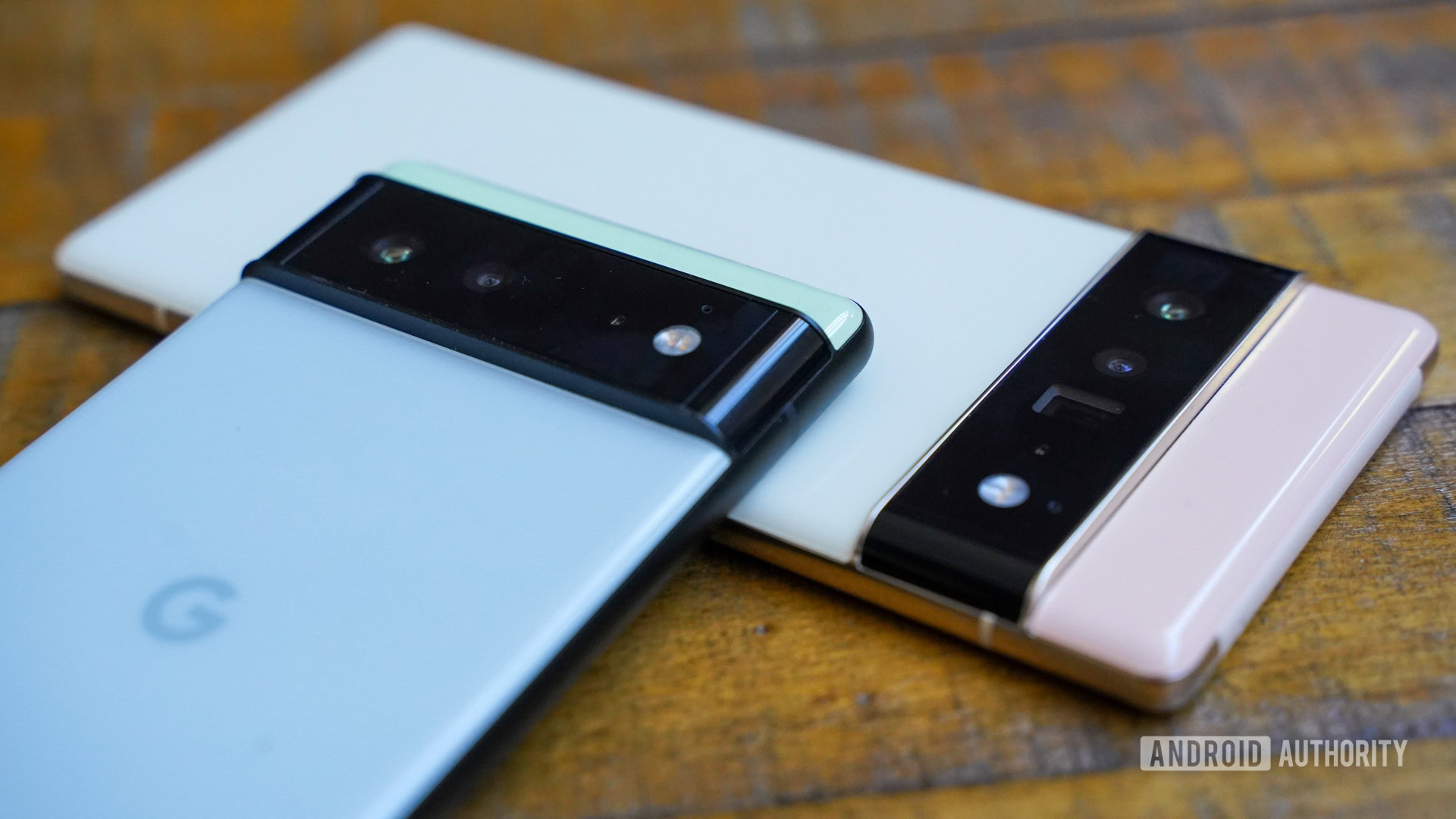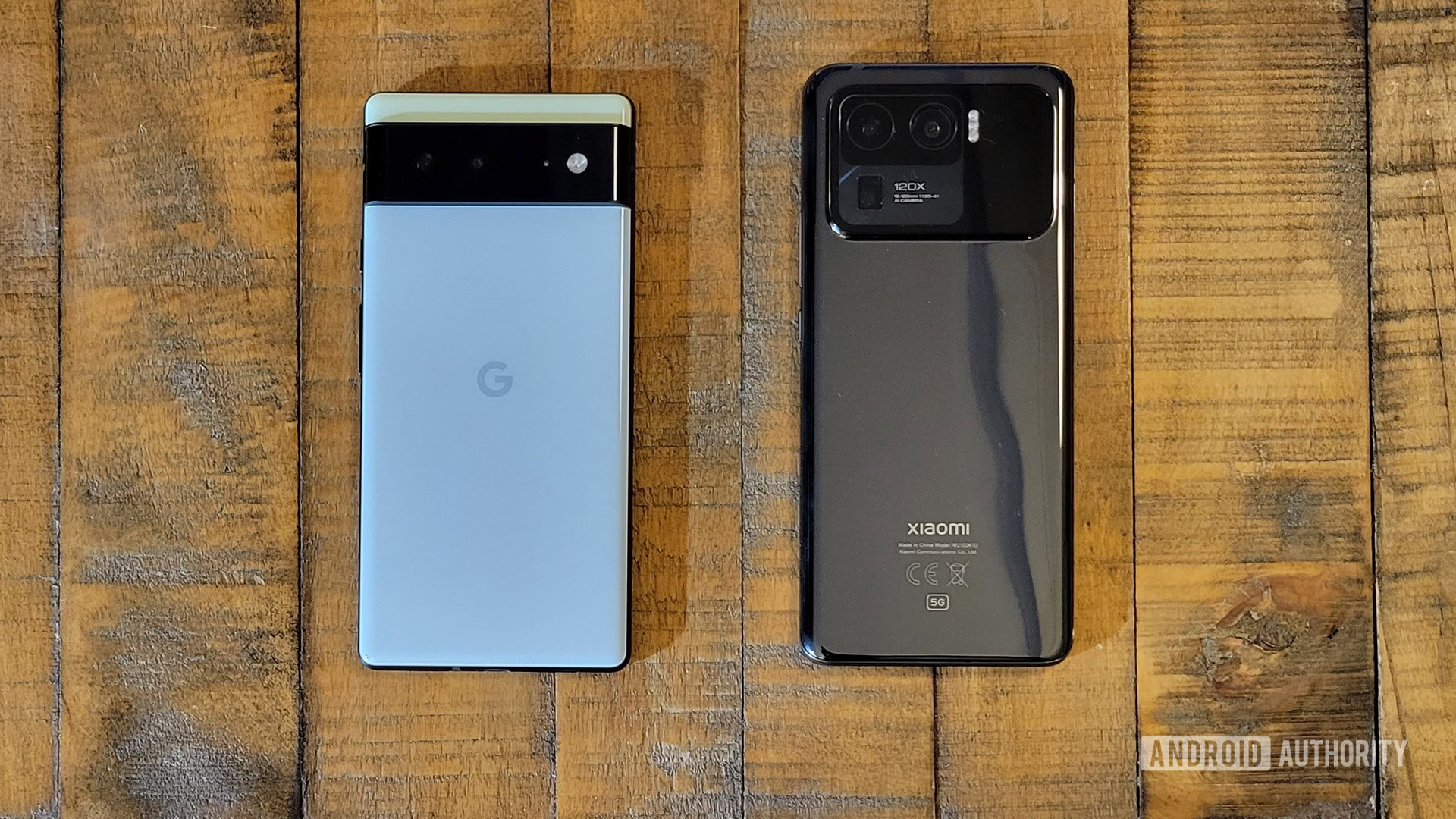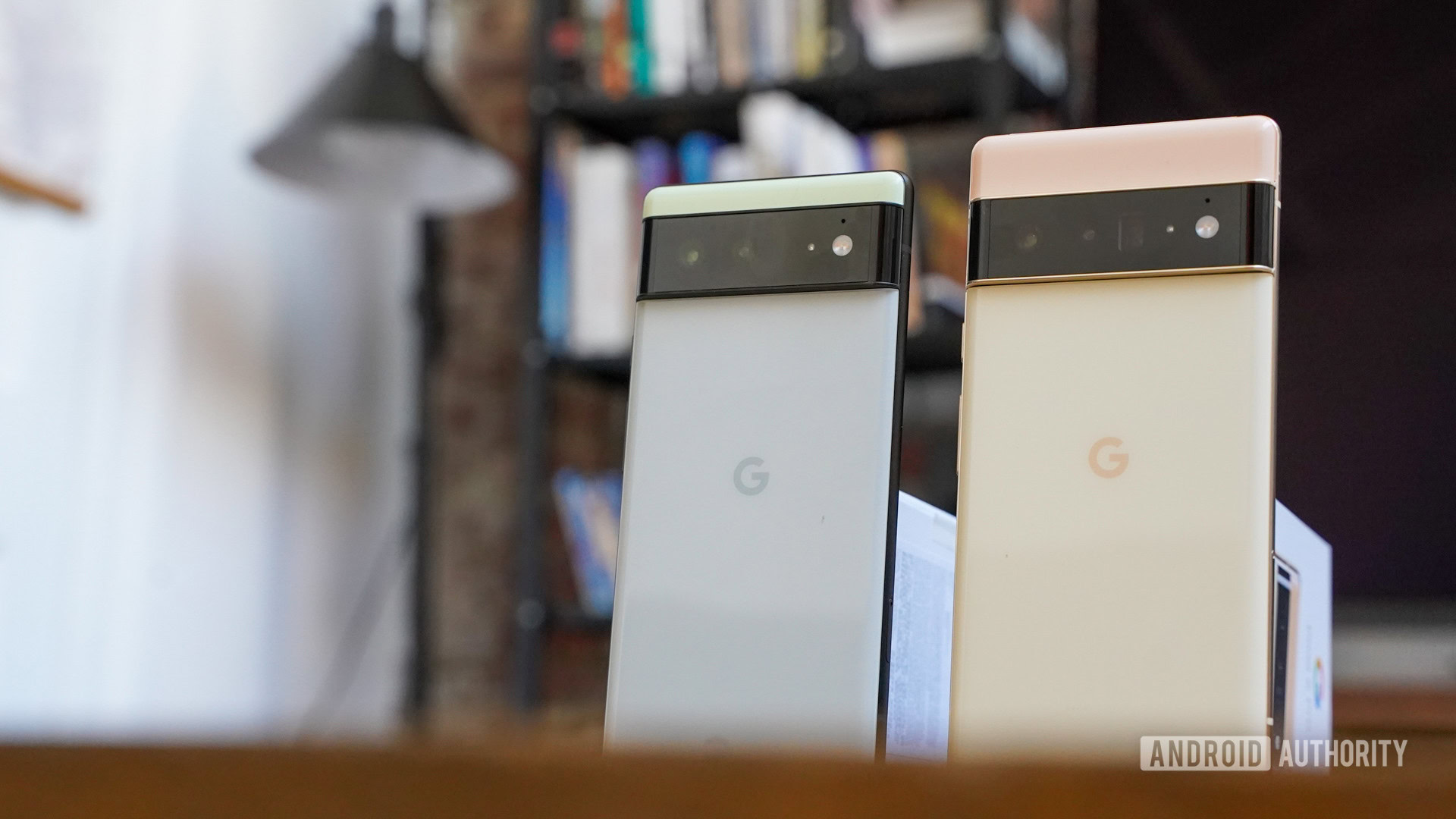Affiliate links on Android Authority may earn us a commission. Learn more.
Here's why you can't buy the Google Pixel 6 in India
October 20, 2021

It wouldn’t be unfair to call the Google Pixel 6 series one of the hottest smartphone launches this year — and it’s no surprise, these are the real deal.
Signaling Google’s seriousness in finally building a flagship-class product, the phone is opting for homegrown Tensor silicon to break through Qualcomm’s monopoly and offer five years of security support. Backed with camera sensors that have caught up with modern-day smartphones and the company’s tried and tested software, early tests suggest that the phone is an imaging beast.
Calling the company’s latest flagships its best ever offering is an obvious statement, but it’s is clear that this year the company has left no stone unturned to build a true-blue flagship. So it comes as no surprise that Pixel fans in the world’s second-largest smartphone market are left wondering: why can’t I buy a Pixel 6 in India?
Let’s dig into some of the reasons why.
Our early verdict: Google Pixel 6 Pro hands-on | Google Pixel 6 hands-on
No, Google isn’t ignorant about India
Like the Pixel 4 and Pixel 5 before it, the Pixel 6 series is not making its way to India. There are multiple reasons and no, Google being ignorant about the Indian market is not one of them.
As much as the average keyboard warrior wants to scream that Google doesn’t get India, that’s really not the case. Market momentum plays a key role and while Google managed to build some traction with the Pixel 2 and Pixel 3, it lost steam when it failed to launch the Pixel 4 in the country.
The phone’s hallmark feature was Motion Sense, a facial recognition system based on a 60GHz Soli radio that isn’t rated for consumer use in India. Simply put, Google couldn’t legally bring the phone to India without killing the feature. At which point, it was really just a slightly souped-up Pixel 3 with a bumped-up price tag.
Buyers in India are no strangers to missing out on flagship Pixel phones.
Fast-forward to October 2020, and the Pixel 5’s launch in the middle of a pandemic and global economic downturn. It made absolutely no sense for Google to launch a phone that would cost the same as a flagship Samsung phone, with mid-range specs in a market that is notorious for craving the latest with a dash of value thrown in.
While the Pixel 3 series had Google starting to gain some traction in India, Google squandered that momentum over the two years it went without a hardware launch in the country. This brings us to the Pixel 6.
Launching the Pixel 6 series in India makes no business sense for Google

One of the primary reasons the Pixel 6 isn’t available in India is simple: India is not a carrier-driven market. Unlike the US or even Europe, phones are not subsidized and a high-end phone regularly costs upwards of $1,000. Add to that import duty that adds an additional 22.5% to the cost, the price tag ramps up quickly. Simply put, until Google starts manufacturing in India, it can’t compete. And the competition has gotten very good.
Without carrier subsidies, the Google Pixel 6 would be a mighty expensive phone with not much momentum going for it in India.
India is the second-largest smartphone market in the world and Chinese smartphone players have a monopoly on the market. Xiaomi, realme, OPPO, and vivo all have established fan bases and the phones are jam-packed with features at incredibly competitive price points. Price points that are subsidized by advertisements and partnerships, something Google cannot capitalize on.
Read more: Why Xiaomi phones have ads, or the tricky business of balancing ads and usability
Sure, Google could start manufacturing in India, but that investment just doesn’t make sense for the company. With the average selling price of smartphones in the sub-continent hovering sub Rs. 15,000 (~$200) and the lack of brand awareness for Google’s smartphones, the cost of manufacturing a thousand dollar phone with minimal sales makes no business sense.

But here too, it’s a two-pronged sword. Not only is Google not price competitive against existing competition but in all likelihood, the company doesn’t want to actively antagonize its partners.
These smartphones generate significant value for Google, both from Google Search, but also licensing fees for the Play Services. Google has little incentive to take competing Chinese OEMs head-on.
The Pixel 6 would be competing for a minuscule share of a very small pie.
Meanwhile, with Apple occupying 49% of the premium smartphone market share in the region and OnePlus coming in next with a 34% share, Google would be vying for a minuscule share of a market that is already very small when it already has its own problems gaining ground in the US and Europe.
The Pixel 6 is a make-or-break moment for Google and India isn’t key to it

As a fan of smartphone photography and Google’s Pixel series, it saddens me that the company is unwilling to take a gamble on the market. However, the Pixel 6 is Google’s watershed moment. If it can’t build a success story out of the no-holds-barred approach here, the company might as well give up on smartphone hardware. Keeping that in mind, it makes no sense at all for Google to prioritize India as a key market.
nb
Sure, it might reconsider in the future, but focusing its marketing energies on regions where the brand already has a significant presence is absolutely the way to go, and importing the phone might be the next best option for Google Pixel 6 fans in India.
Check out: The best Android smartphones in India you can get